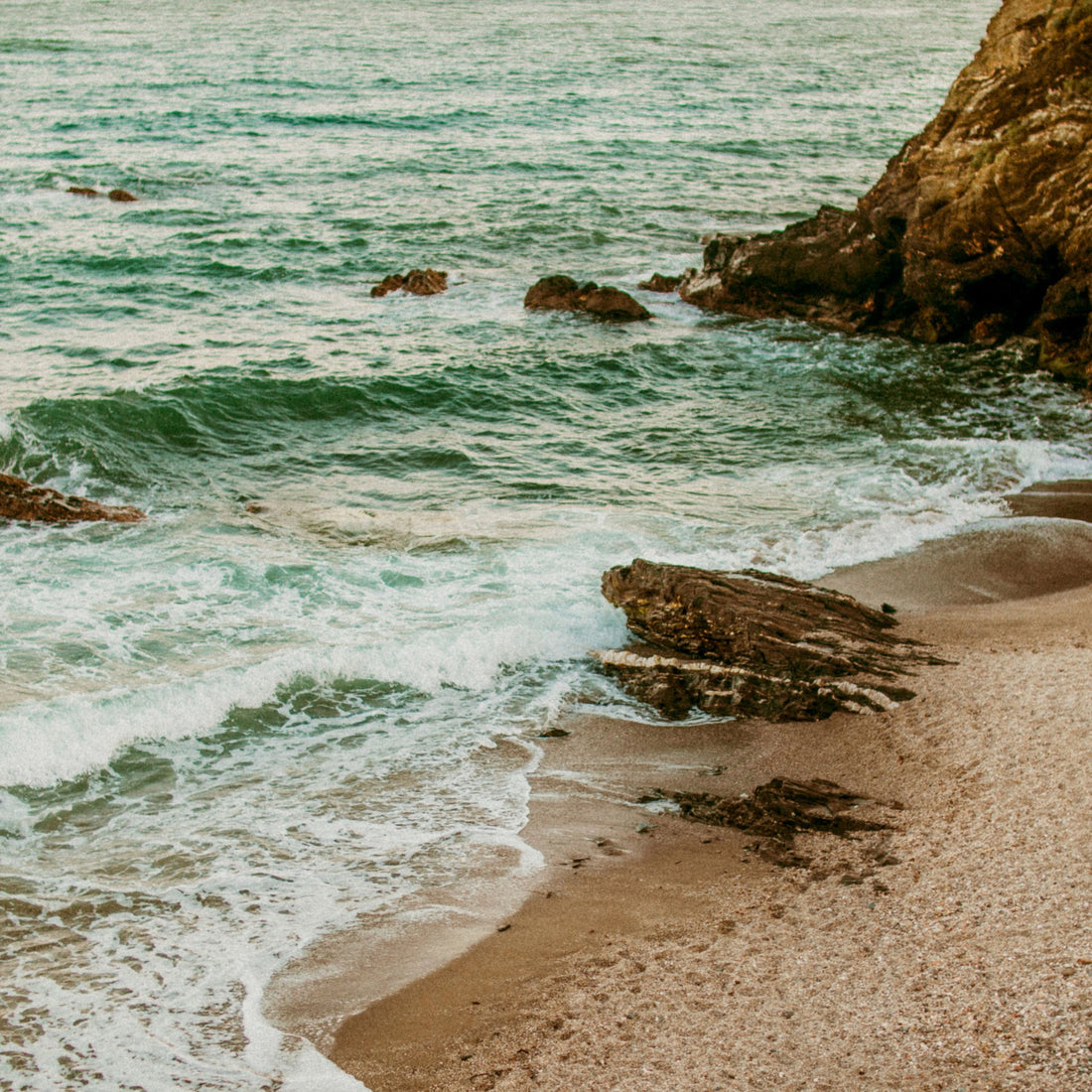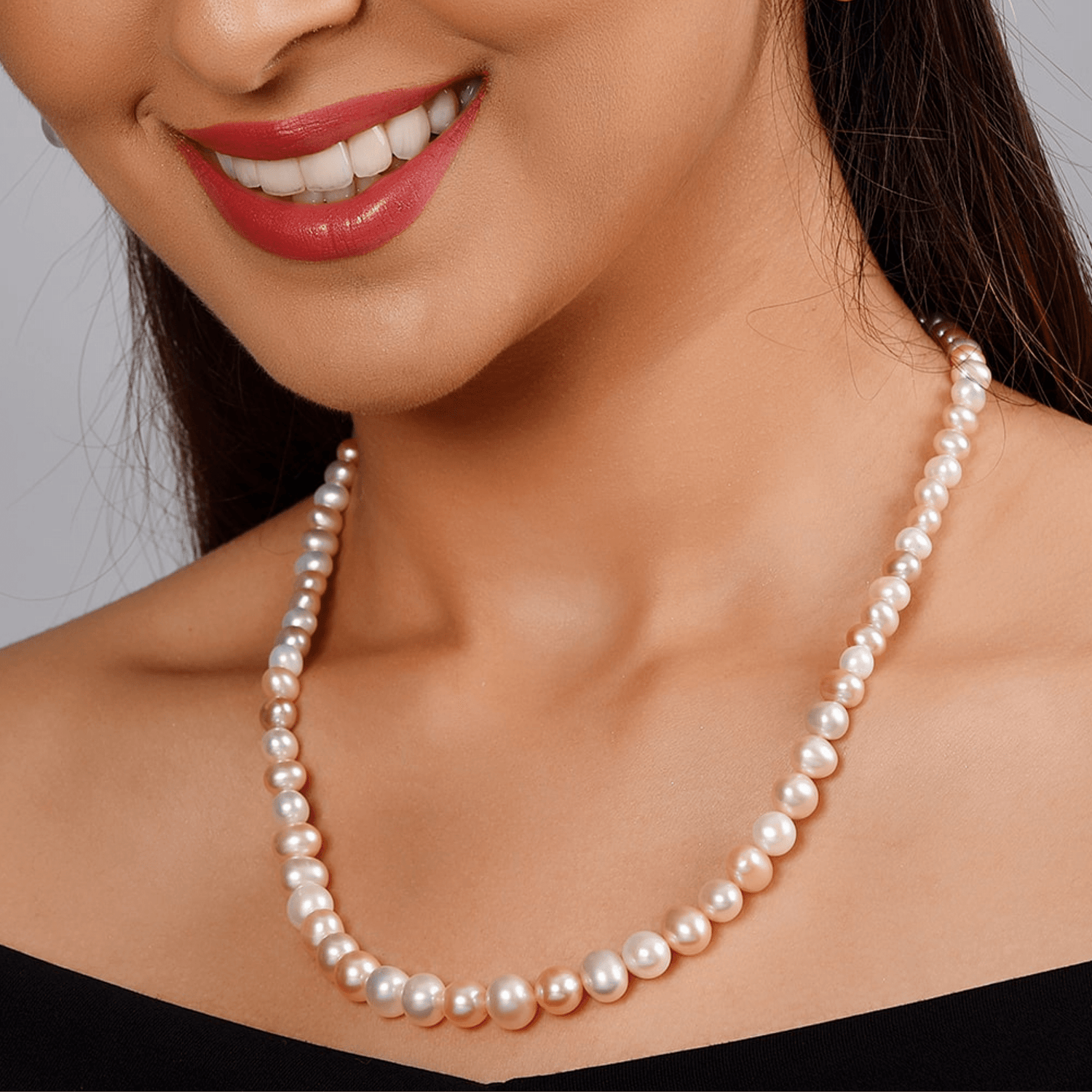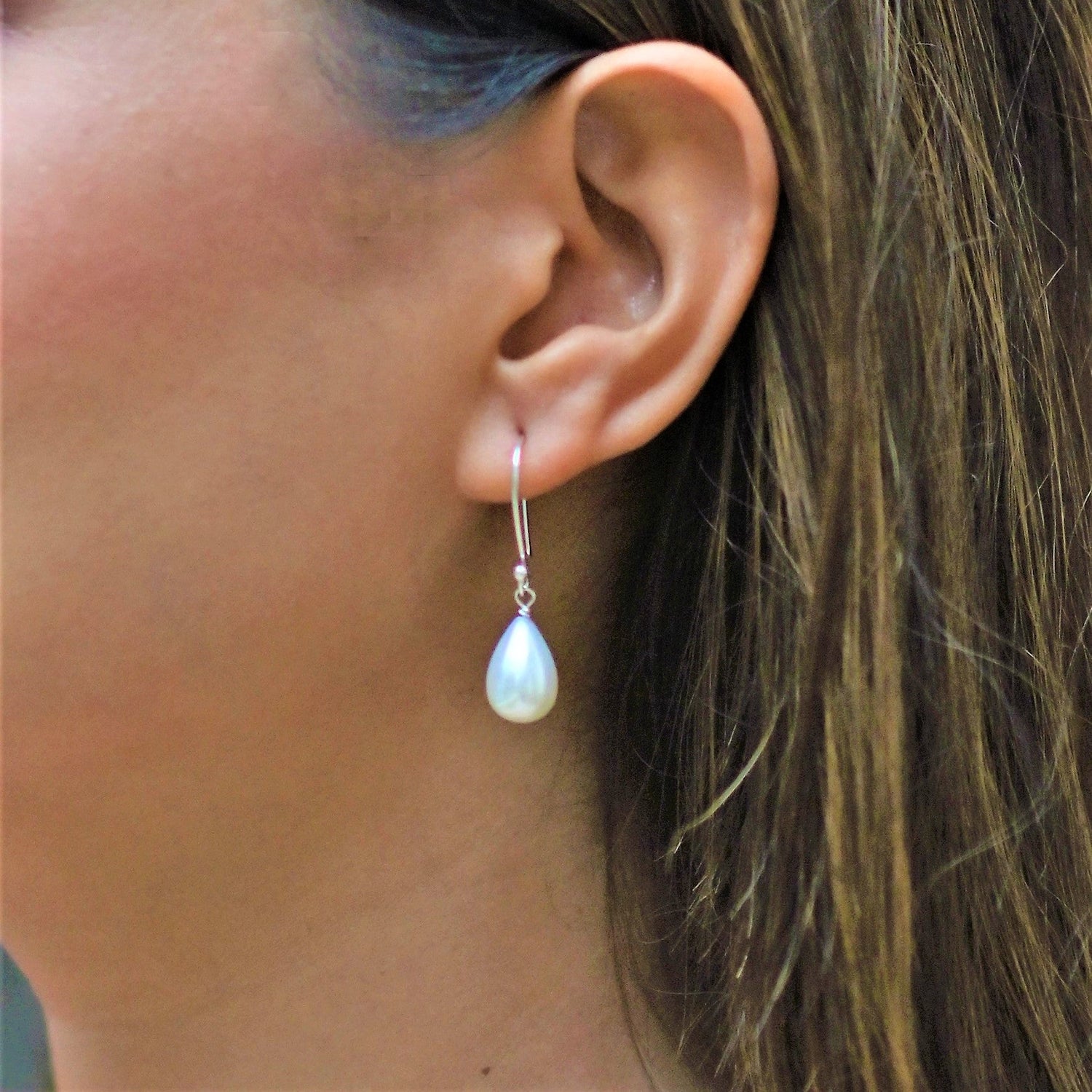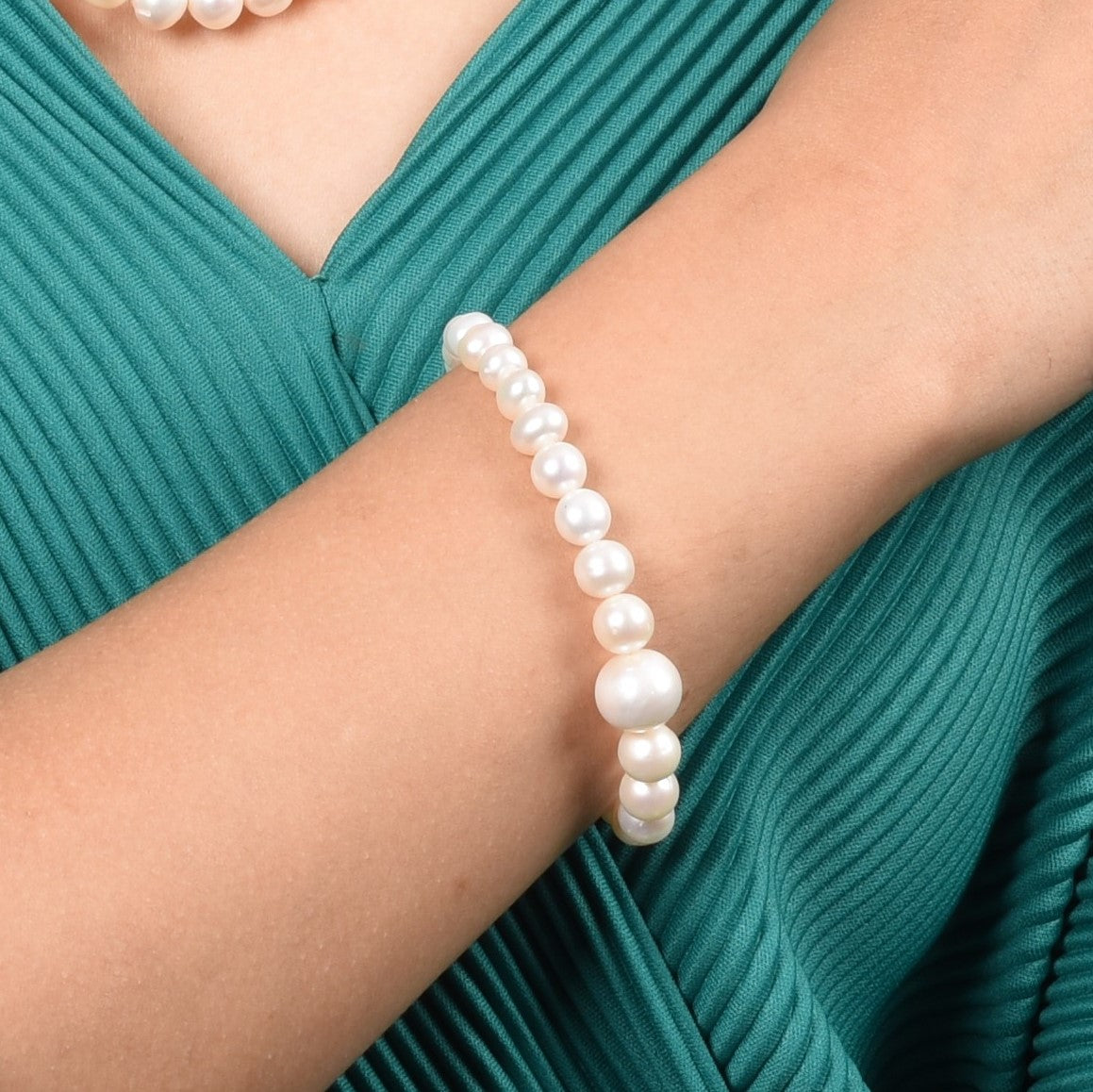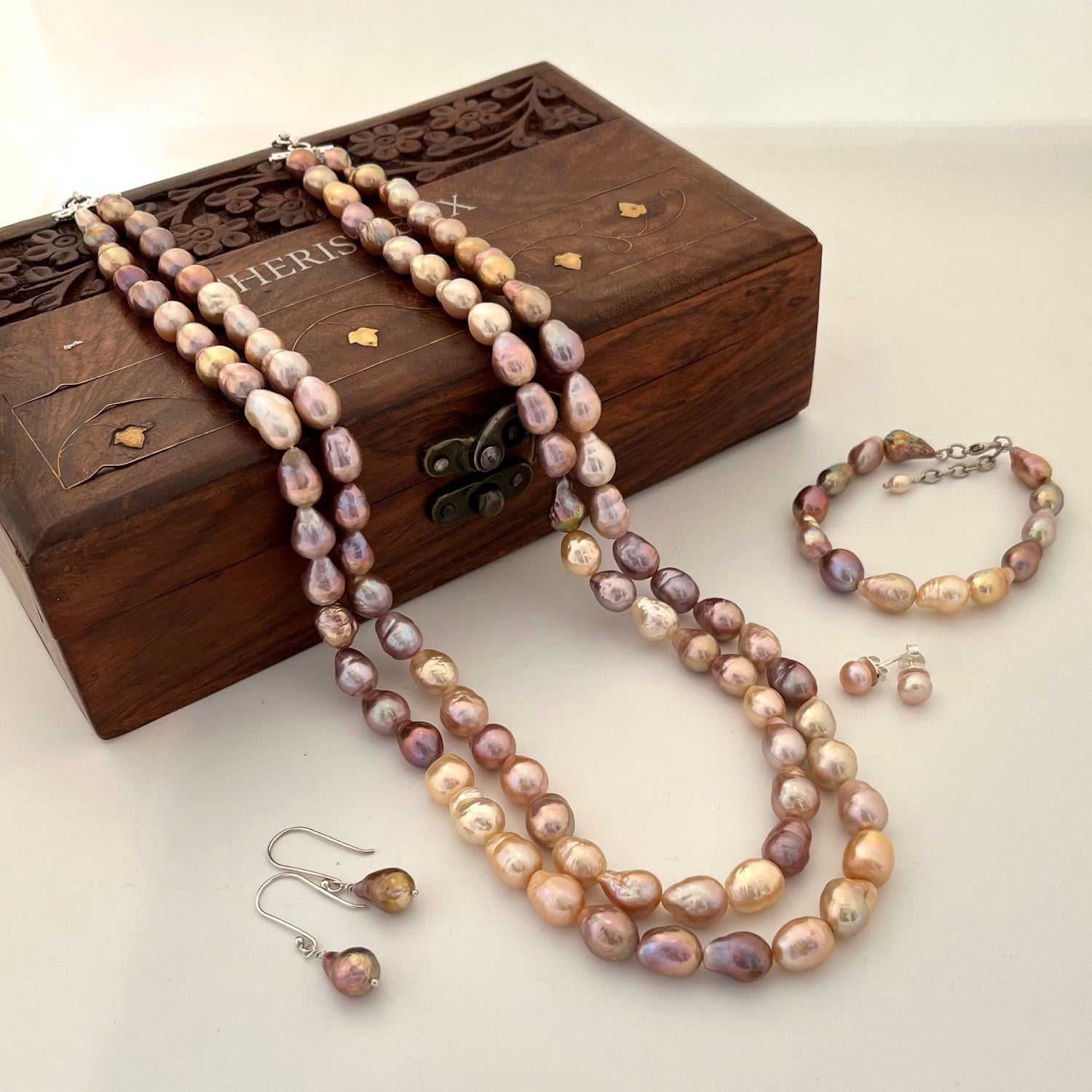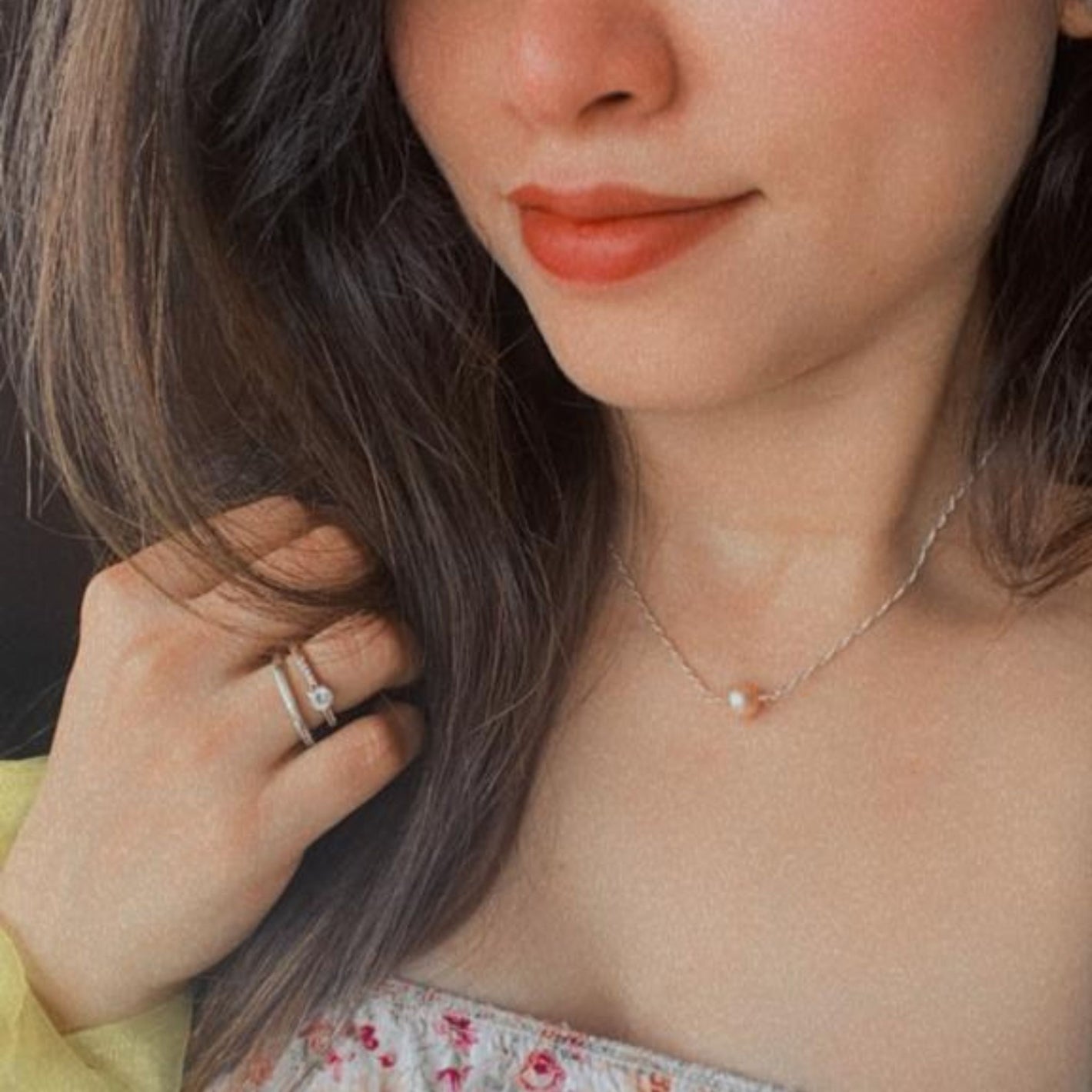“Cultured Pearls” are one of the most famous pearls in the world. They are produced in a controlled environment, with human intervention, which allows for consistent quality and availability. Cultured Pearls are produced by a skilled technician inserting a nucleus into a mollusk, forming layers of nacre around it. Each type of Cultured Pearl has its unique characteristics and beauty.
The two types of Cultured Pearls are Saltwater & Freshwater, with the difference that Freshwater Pearls are grown in lakes and rivers, whereas Saltwater Pearls are found in oysters living in oceans. In today's times, Saltwater Pearls are produced mainly in countries like Australia, Thailand, Indonesia, and Tahiti.
Types of Cultured Pearls
1. Akoya Cultured Pearls
Produced by Akoya Oyster, this Saltwater Pearl is most common in the US and other western markets. Japan and China both produce Akoya Pearls. They are known for their luster and elegance. The Single-strand necklace of Akoya looks classic.
2. South Sea Pearls
Pearls are produced by gold lip south sea oysters with a maximum of one pearl at a time resulting in the perfect shape, size, and color. Australia, Indonesia, and the Philippians are the largest producers of Saltwater Cultured Pearls. These pearls are the most desirable and often expensive.
3. Tahitian Pearls
They are majorly cultivated in Tahiti and other islands of French Polynesia. These are the only naturally dark pearls, ranging from grey, black, brown, and blue, with green and pink overtones.
The above three Saltwater Cultured Pearls are perfectly round, with very slight or no variation in matching to the fact that oysters produce one pearl at a time, unlike the Freshwater, which can produce up to 30 Pearls (16 on either side). The deep tone of the pearls offers character to all the jewelry alike.
4. Freshwater Pearl
Freshwater pearls are most commonly used in fashion jewelry due to their commercial availability at affordable prices. Freshwater Pearls are more affordable than any other Cultured Pearls because of its near to perfect shape and rarity. US & Japan used to be the largest cultivator of Freshwater Pearls, but China now overtakes them as the leading producer.
Freshwater Pearl comes in various shapes, sizes, and colors. The nacre of freshwater is much thicker and made entirely of nacre compared to saltwater which has a thinner nacre coating, 5mm -.6mm in range (the tiny object inserted is much smaller in freshwater).
Note: Freshwater Pearls are naturally white and cream, whereas Tahitian pearls are black, grey, and blue, i.e., dark.
Choose a pearl that suits your needs in terms of style and personality!
In addition to their primary body color, pearls have a secondary color called an overtone. Overtones are the hues that reflect on the surface of pearls when the light hits them. Blue, green, silver, and cream are the most common pearl overtones.
In high-quality Freshwater Pearls, this characteristic is most evident. A pearl's overtones create its stunning luster and shine, making it colorful and valuable.
Using the irradiation technique, Freshwater Pearls with lighter shades are enhanced and given desirable shades, making the color permanent and not fading away with age. Sometimes colors are also altered by laser.
Freshwater Pearls are less expensive than saltwater pearls as they are cultured for a shorter time. However, they still hold luster and elegance, making it hard for people to tell the difference between freshwater and saltwater pearls.
CherishBox also offers other authentic Cultured Pearl jewelry that can be made available per the customer's requirements, You can also order through Whatspp- (Order Now). Thanks!!!

